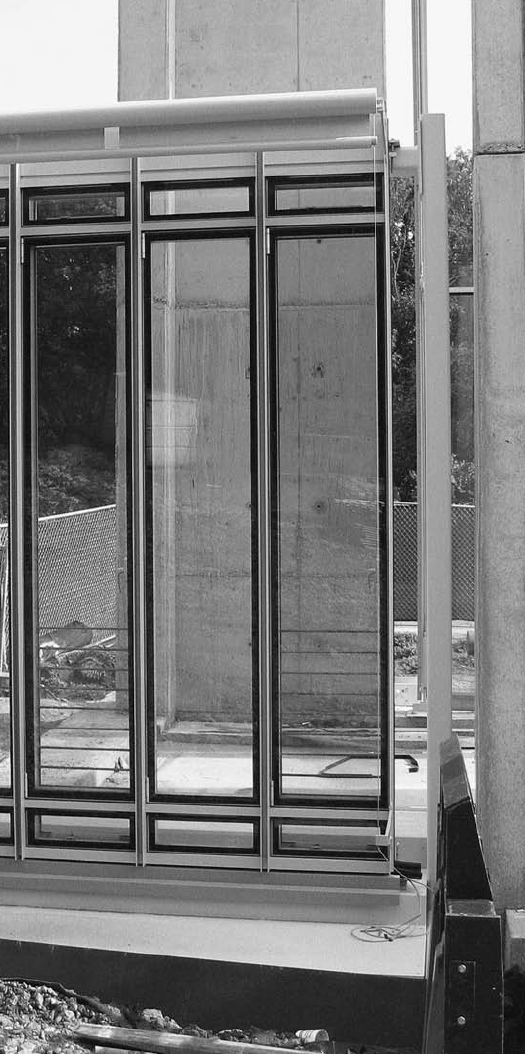Chapter 5. Putting It All Together

Background and Context
TO SUGGEST THAT THE DESIGN OF THE CALIFORNIA ACADEMY OF SCIENCES (CAS) IN SAN FRANCISCO EVOLVED FROM AN INITIAL CONCERN ABOUT EVIDENCE-BASED DESIGN WOULD BE ERRONEOUS AND MISLEADING. NEVERTHELESS, THE CAS IS A PERFECT EXAMPLE OF GREAT OUTCOMES THAT CAN RESULT WHEN DESIGN CREATIVITY COMES TOGETHER WITH RESEARCH TO ENHANCE BUILDING PERFORMANCE.
The CAS design process utilized surveys and observations like those often used in social scientific research, as well as computer modeling, simulation, and full-scale mockups. It drew on design architect Renzo Piano's experience, as well as project-based research, and it took maximum advantage of interdisciplinary expertise from subconsultants and subcontractors. These methodologies all characterize an informed design process.

Figure 5.1. Renzo Piano Concept Sketch
The CAS client and design team didn't state they wanted to follow an evidenced-based process, but they chose to fully understand the implications of many complex design choices that needed to be made. To this end, they utilized many of the methodologies described in previous chapters of this book, especially survey, simulation, and modeling. Utility, sustainability, constructability and delight resulted. (See Insert C2)
The design ...
Get Design Informed: Driving Innovation with Evidence-Based Design now with the O’Reilly learning platform.
O’Reilly members experience books, live events, courses curated by job role, and more from O’Reilly and nearly 200 top publishers.

